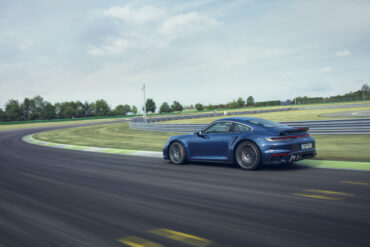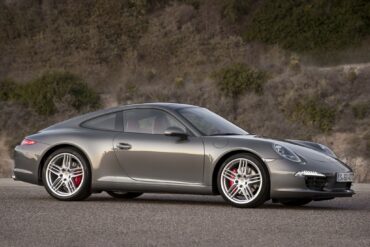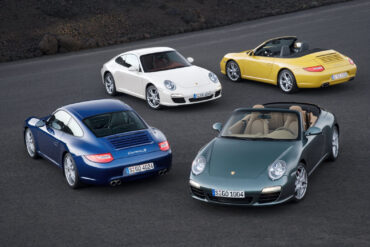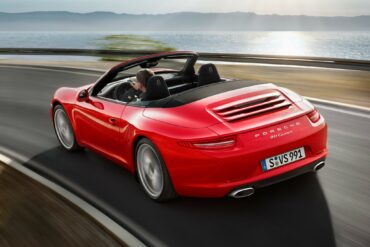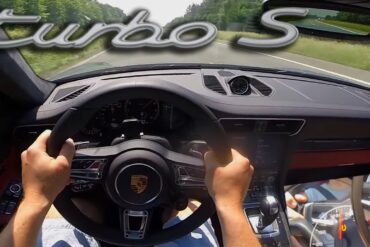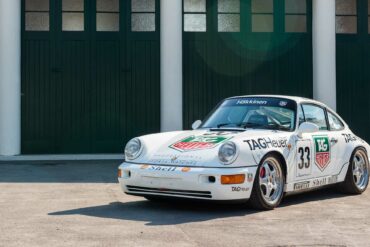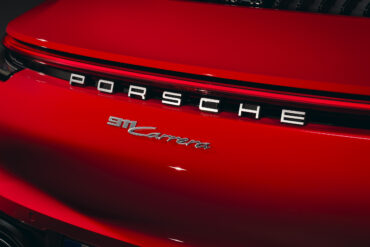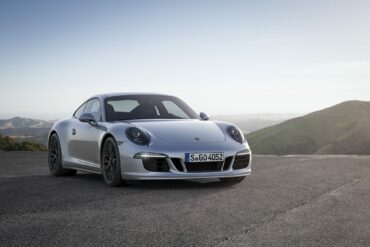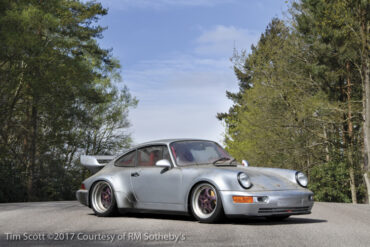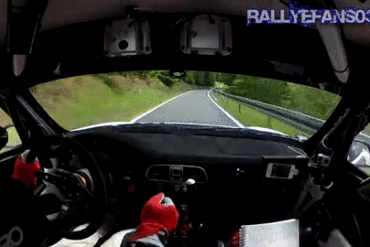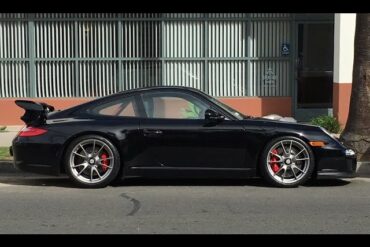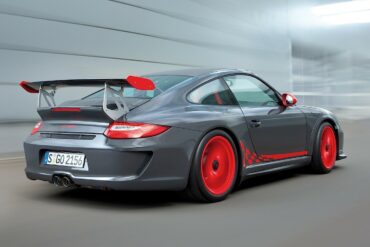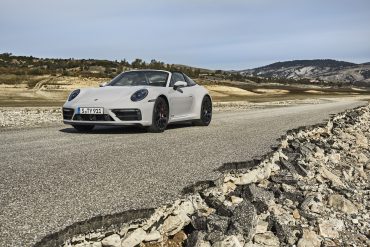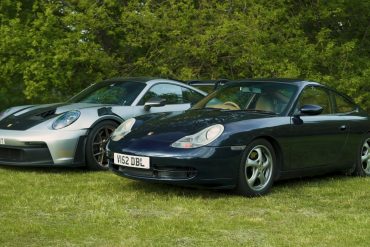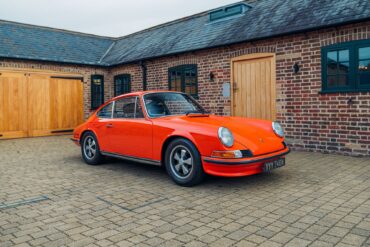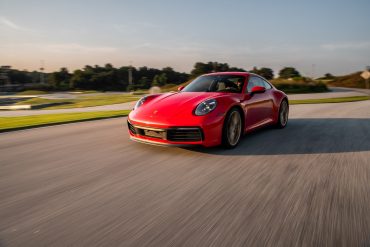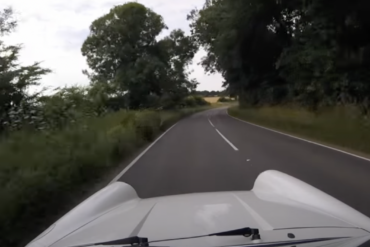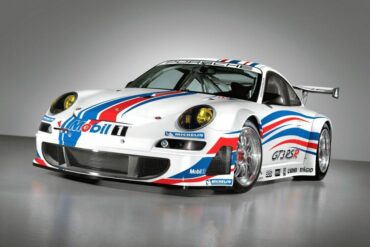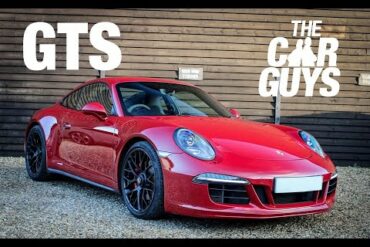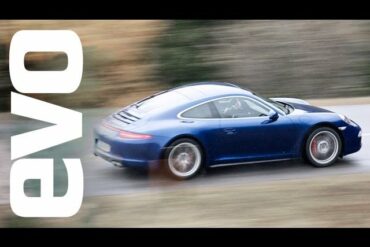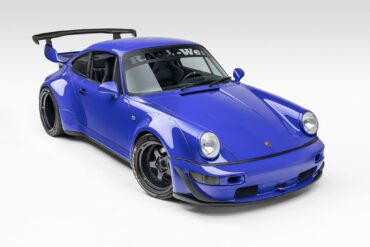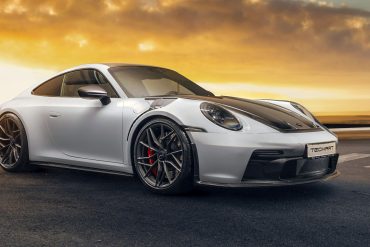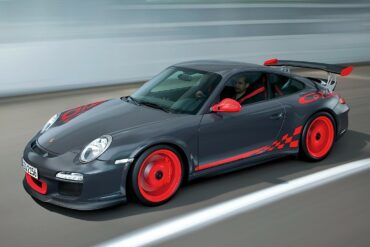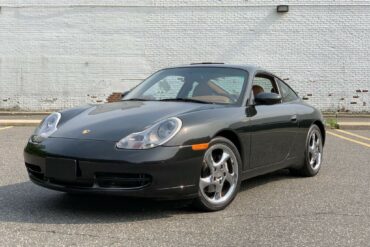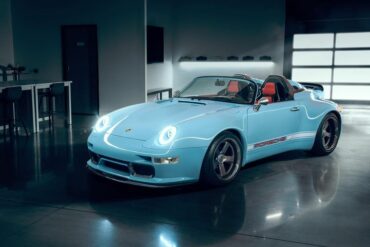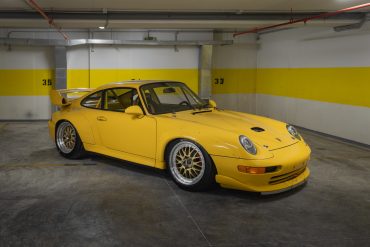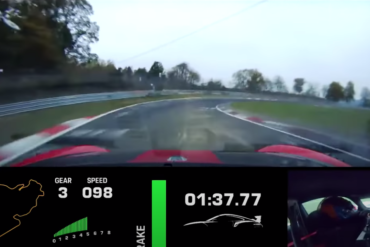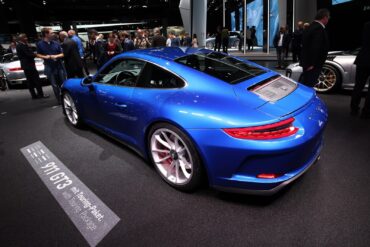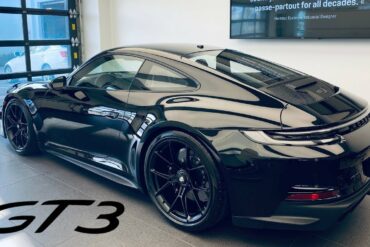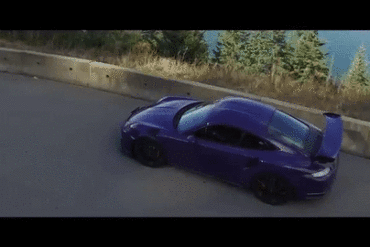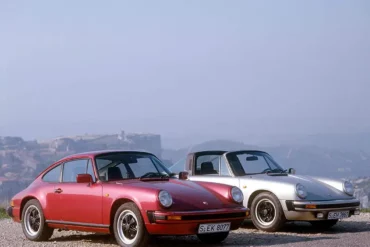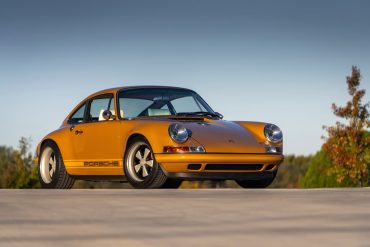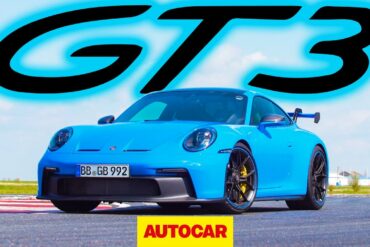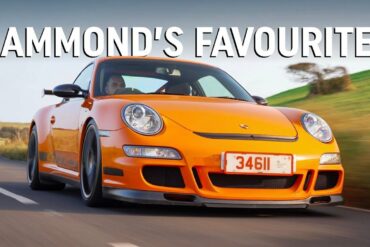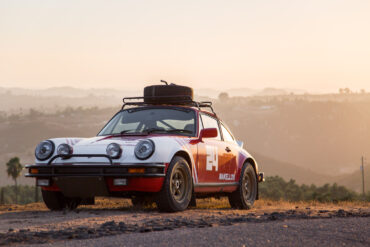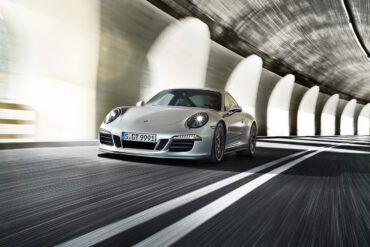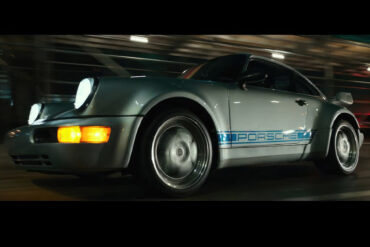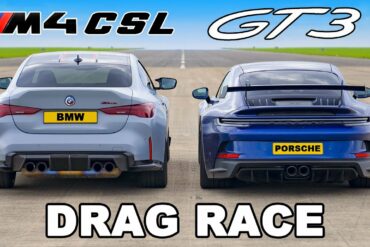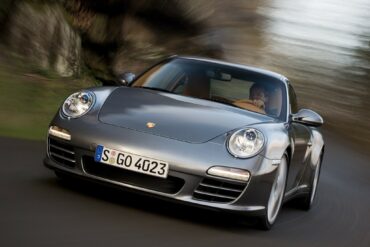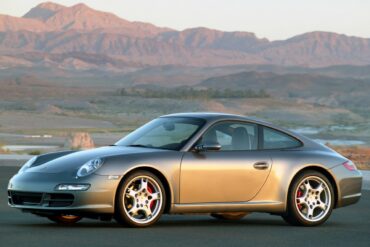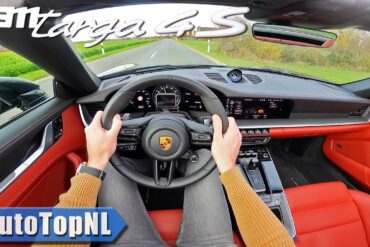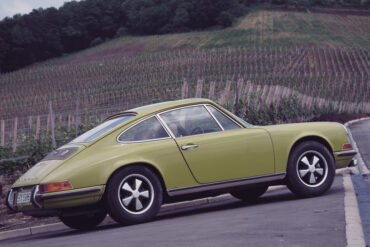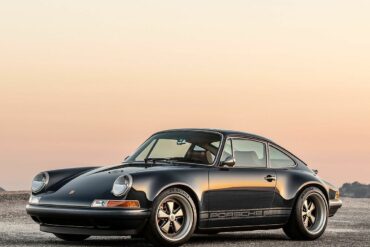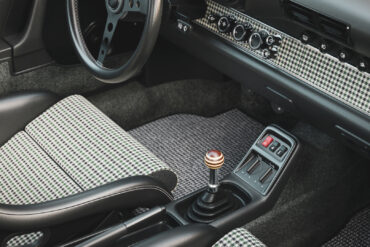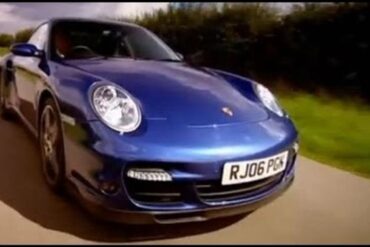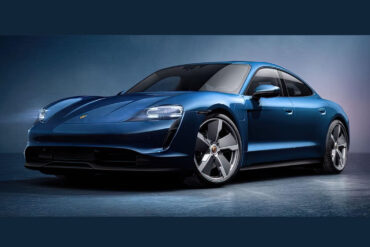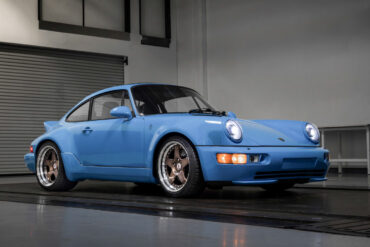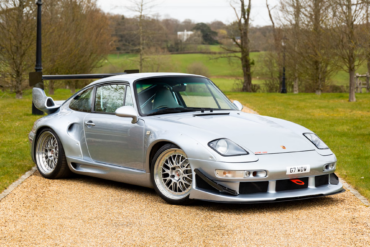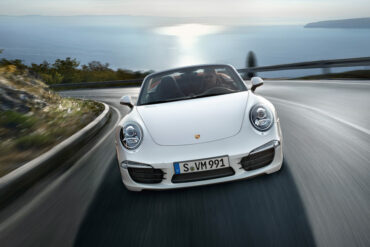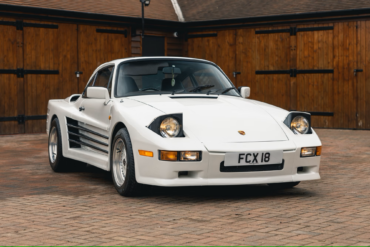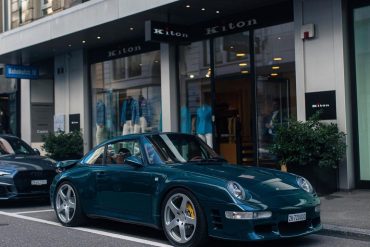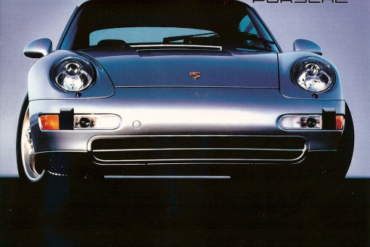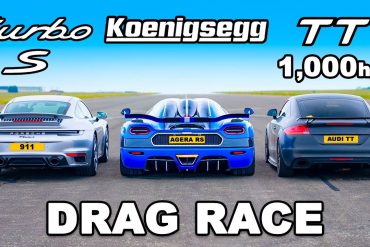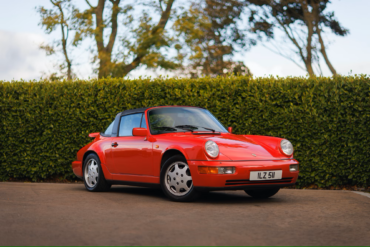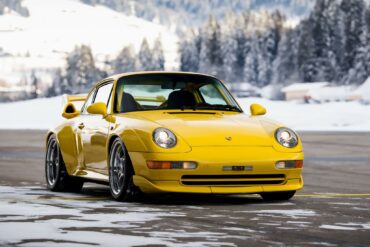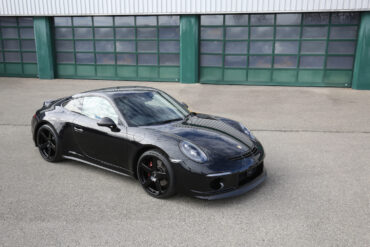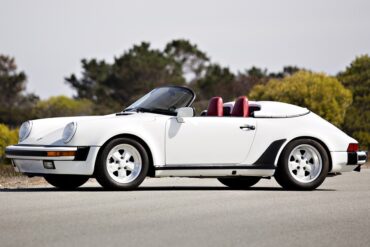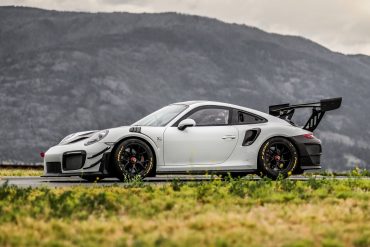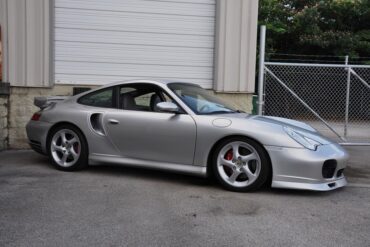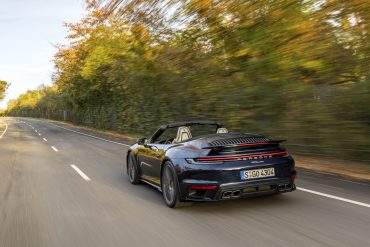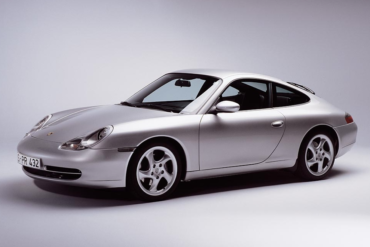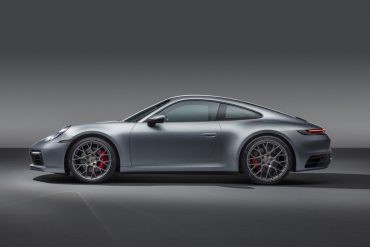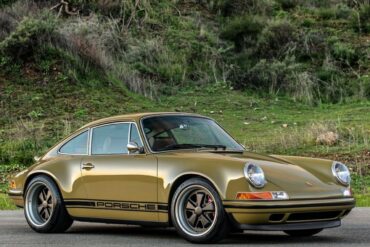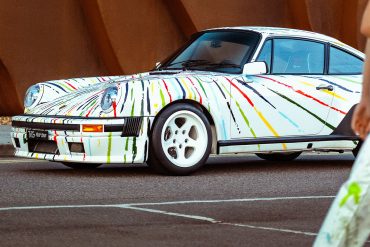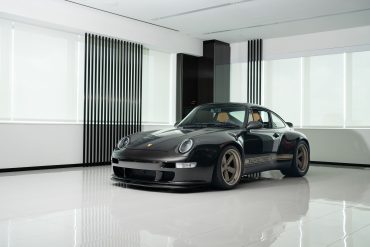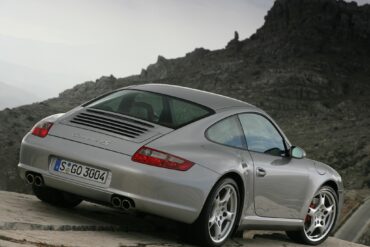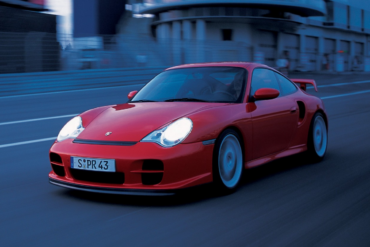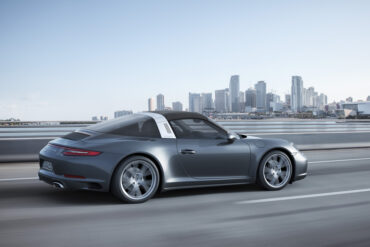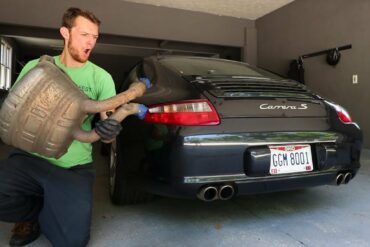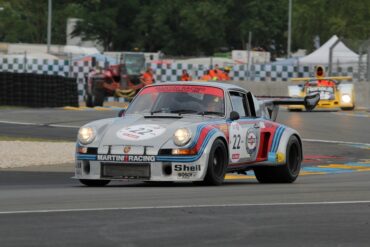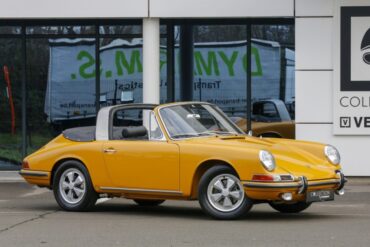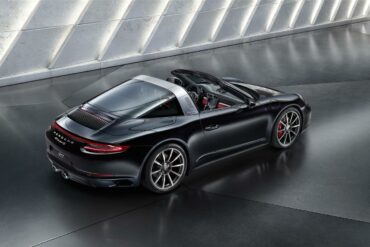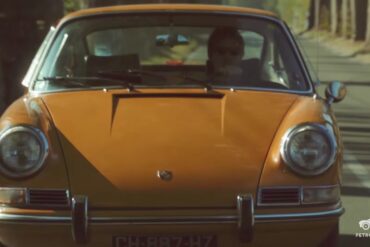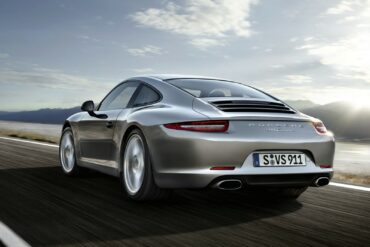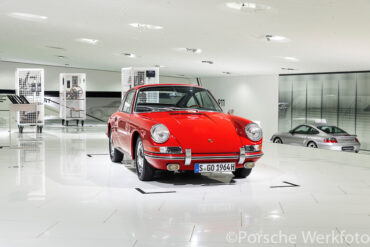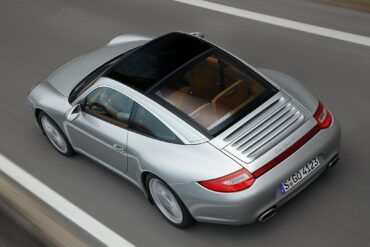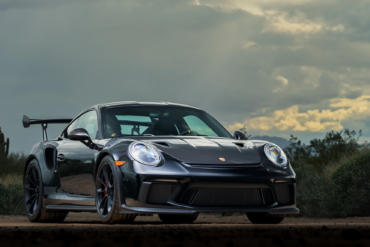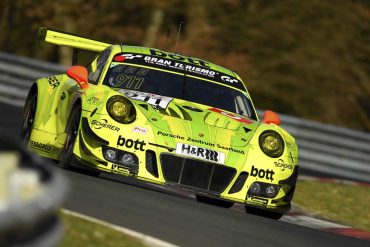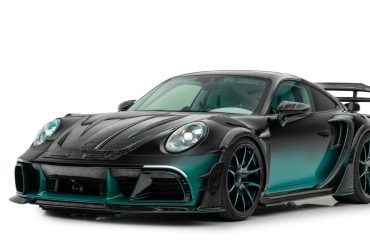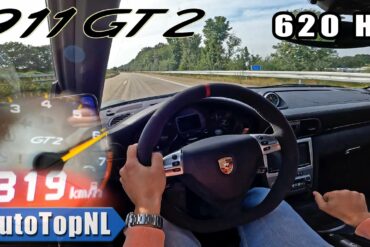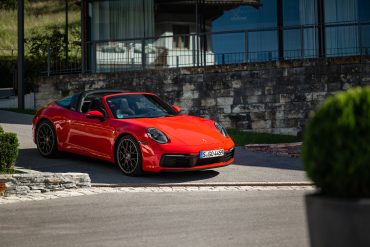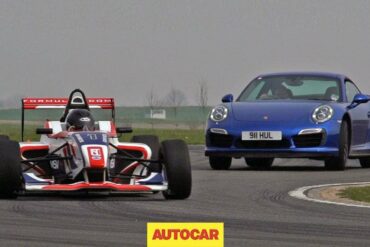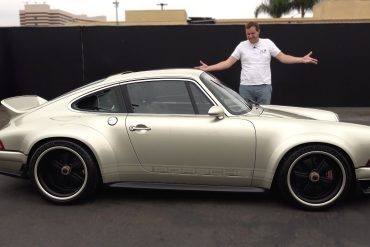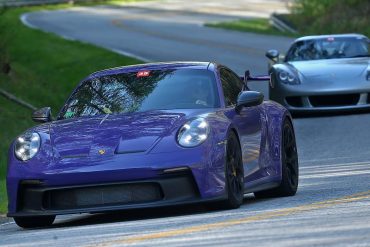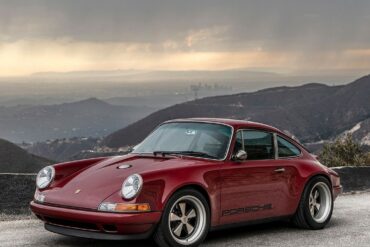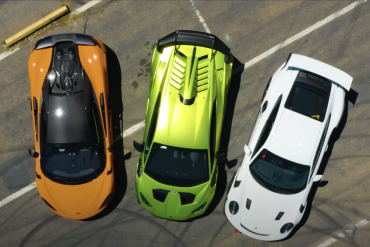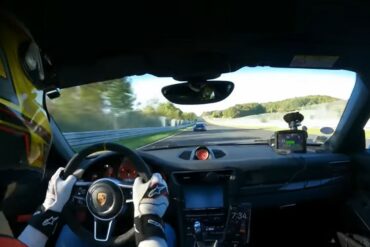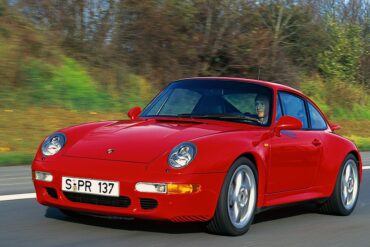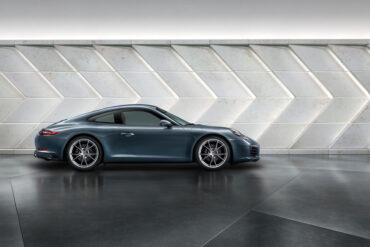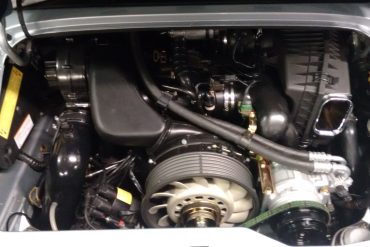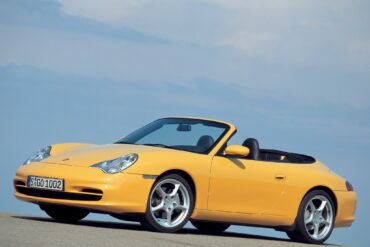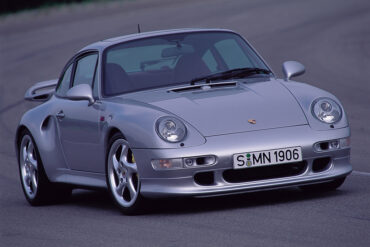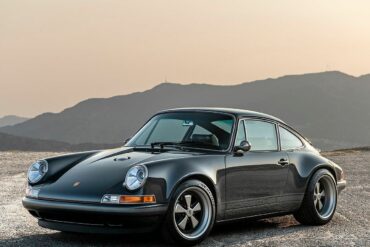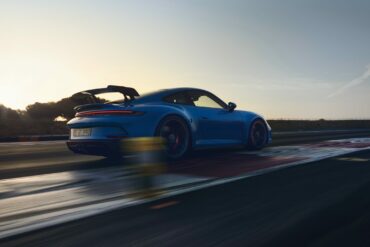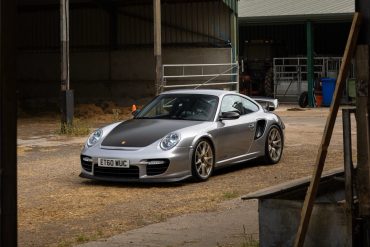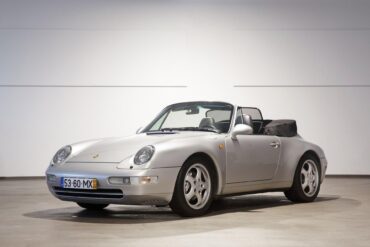2021 Porsche 911 Turbo Coupe (992) Technical Specifications Model 911 Turbo Coupe Engine layout Rear Engine Design and cylinders Twin-turbocharged...
Porsche 911
All
- Porsche 912
- 911 Carrera RS 2.7
- Porsche 901 (911)
- Porsche 911 (F-Series)
- Porsche 911 (991)
- Porsche 911 (G-Series)
- Porsche 911 (964)
- Porsche 911 (993)
- Porsche 911 (996)
- Porsche 911 (997)
- 911 Speedster Concept
- Porsche 911 (992)
- 964 Carrera 2
- 964 Carrera 4
- ’30 Jahre’ Anniversary
- 964 Speedster
- 964 Turbo
- 964 Carrera RS
- 964 Carrera Cup
- 964 RSR
- 993 Carrera
- 993 Carrera 4
- 911 Edition 50
- 993 Carrera 4S
- 911 2.0 Bertone Roadster
- 993 Carrera S
- 993 Targa
- 992 Sport Classic
- 993 Turbo
- 996 Carrera
- 993 Carrera RS
- 992 America Edition 911
- 996 Carrera 4
- 993 GT2
- 996 Targa
- 993 Carrera Cup
- 996 Carrera 4S
- 996 Turbo
- 996 Turbo S
- 996 GT3
- 996 GT3 RS
- 996 GT2
- 996 GT3 Cup
- 996 GT3 R
- 996 GT3 RSR
- 997 Carrera
- 996 GT3 RS Race
- 997 Carrera S
- 997 Carrera 4
- 997 Carrera 4S
- 997 Targa
- 911 Carrera 3.0 Coupe (G-Series)
- 997 Targa 4S
- 997 Turbo
- 997 Turbo S
- 997 GT2
- 992 Carrera T
- 997 GT2 RS
- 997 Speedster
- 997 Carrera GTS
- 992 Dakar
- 997 Carrera 4 GTS
- 997 GT3 Cup
- 997 GT3 R
- 997 GT3 RSR
- 997 GT3
- 997 GT3 RS
- 997 GT3 R Hybrid
- 991 Carrera
- 991 Carrera 4
- 991 Carrera S
- 991 Carrera 4S
- 991 Targa 4
- 991 Targa 4S
- 991 Turbo
- 991 Turbo S
- 991 Carrera GTS
- 991 Carrera 4 GTS
- 991 Targa 4 GTS
- 991 911 R
- Porsche 992 GT2 RS
- 991 GT3
- 991 GT3 RS
- 991 GT2 RS
- 991 Speedster
- 991 GT3 R
- 991 GT3 Cup
- 991 RSR
- 991 Carrera T
- 992 Carrera 2
- 992 Carrera 4
- 992 Carrera S
- 992 Carrera 4S
- 992 Targa 4
- 992 RSR
- 992 Targa 4S
- 992 Carrera GTS
- 992 Carrera 4 GTS
- 992 Targa 4 GTS
- 992 Turbo
- 992 GT3 R
- 992 Turbo S
- 992 GT3
- 992 GT3 Touring
- 992 911 S/T
- 911 (G-Series)
- 992 GT3 RS
- 992 GT2 RS
- 992 GT3 Cup
- 911 Carrera 3.0 (G-Series)
- 911 S (G-Series)
- 911 Carrera RSR 2.8
- 911 SC (G-Series)
- Porsche 992 GT3 R Rennsport
- 911 S/T
- 911 Carrera 3.2 (G-Series)
- 911 (Base Model)
- 911 Turbo (930)
- 911 SC Safari
- 911 L
- 911 Carrera RSR Turbo 2.1
- 911 T
- 911 Carrera RSR 3.0
- 911 E
- 911 S
- 911 SC San Remo
- 911 Carrera 3.2 Clubsport
- 911 R
- Porsche 953
- 911 Carrera RS 3.0
- 911 T/R
- 911 Carrera 25th Anniversary
- 911 SC RS
- 911 Turbo LE
- 911 Carrera Commemorative
- 911 Carrera 2.7 (G-Series)
- 911 3.2 Speedster
- 911 Turbo 2.7
- 964 Turbo S
2015 Porsche 911 Carrera Coupe (991) Technical Specifications Engine Type Flat 6 Induction Normally-aspirated Cooling Water-cooled Valvetrain Four overhead camshafts, four...
Sorry, but you do not have permission to view this content....
2015 Porsche 911 Carrera Cabriolet (991) Technical Specifications Engine Type Flat 6 Induction Normally-aspirated Cooling Water-cooled Valvetrain Four overhead camshafts, four...
Porsche 911 Turbo S Review By Evo The Porsche 911 Turbo S boasts 572bhp and manages 0-62mph in 2.9 seconds....
964 Carrera Cup Champions & Results 964 Carrera Cup Germany 1990 Olaf Manthey Rüdiger Schmitt Wolfgang Land 1991 Roland Asch...
2020 – Present Porsche 911 Carrera (992) Pictures & Gallery...
991.1 Porsche 911 Carrera GTS (Ultimate Guide) The GTS is the fastest, most athletic model in the 911 Carrera line...
Porsche Carrera RSR 3.8 (1993) Every so often, Porsche creates a short production run of cars that celebrates the attributes...
Be thrilled with this exclusive POV video inside a Porsche 911 GT3 Rally car. Now this is something that you...
Porsche 997.2 GT3 Mountain Run The Porsche 997.2 GT3 featured several significant improvements over the 997.1 which preceded it. Center...
2010 Porsche 911 GT3 RS (997.2) Technical Specifications Engine Type Flat 6 Induction Normally-aspirated Cooling Water-cooled Valvetrain Double overhead camshafts Injection...
2021 – Present Porsche 911 Targa 4 GTS (992) Pictures & Gallery...
The Porsche 911 is a legendary car, revered for its timeless design, exceptional performance, and exhilarating driving experience. It also...
1972 – 1973 Porsche 911 E Coupe 2.4 (LWB) Technical Specifications Induction Normally-aspirated Cooling Air/oil-cooled Valvetrain Single overhead camshaft Injection...
J.D. Power recently released the 2022 U.S. Vehicle Dependability Study (VDS) which showed the Porsche 911 as the highest-ranked model...
Epic PS Autoart 911, It has a 964 shell but has a completely custom interior, wheels, lights, chrome bodywork and...
2006 Porsche 911 GT3 RSR (997) Technical Specifications Type Racing Car Built at Weissach, Germany Engine Aluminum Water-Cooled Boxer-6 w/Dry...
The Porsche 911 GTS (991.1) Review Jason continues his quest to find the best modern Porsche 911 for all occasions....
Henry Catchpole Drives the new 991 Carrera 4S evo’s Henry Catchpole takes the new 991 Carrera 4S, the latest four-wheel-drive...
In January 2022, the current owner of this 1993 Porsche 964 Carrera 2 Coupe, originally delivered new in Japan, sent...
Genuine TECHART carbon fiber aero kits, spectacular forged wheel designs, brand-new product highlights, and more unique upgrades for all Porsche...
Based on the already primal 997.2 GT3, the RS gets another 15 hp from the 3.8-liter flat-six for a total of 450, or more than 118 hp per liter. A racing machine tamed for street use, the GT3 RS is hardly just about horsepower. It gets a wider track, it weighs less, and it produces more downforce than the GT3. The only available transmission is a six-speed manual gearbox (with the ratios even shorter than the GT3). A racing machine tamed for street use, the GT3 RS also gets a wider track, it weighs less, and it produces more downforce than the GT3.
In 1999, Porsche celebrated the turn of the century with a special edition – the 996 “Millennium Edition”. Offered as...
Porsche 993 Speedster Remastered By Gunther Werks finished in Gulf Blau. Photo Source: Gunther Werks...
At their upcoming Monaco auction, RM Sotheby’s is thrilled to offer a pristine 1996 Porsche 911 GT2 with just 48...
Nürburgring Video – Porsche 911 GT2 RS MR Porsche has set another new record on the Nürburgring-Nordschleife in cooperation with...
Porsche never fails to impress us when it comes to creating niches with their introduction of a new edition 911...
The incredible 2022 Porsche 911 GT3 Touring! Congratulations to the owner of this very special car! In this video the...
A Must-Have Car For All People Who Just Love to Drive, the “Porsche 911 GT3 RS” If Lamborghinis are meant...
The 911 SC effectively replaced the 911 S and was one of Porsche's first models that was meant for the international market. It was sold as a cheaper alternative to the 911 Turbo. The SC used an unblown version the 930 Turbo unit that offered 180 to 200 bhp depending on model year. Options included the rear whale tail, front chin spoiler, Bilstein dampers, 16 inch wheels with Pirelli P7 tires and sports seats. Sometimes dealers lumped these options together to create their own sport package. It was available as a Coupe and Targa from 1978 - 1983, while the Cabriolet version was only available in 1983.
This Saturday, Mecum Auctions will be offering a beautiful 1990 Porsche 911 Carrera 2 Coupe that has been reimagined by...
Autocar Drives the New GT3 On Track This is the new 2021 Porsche 911 GT3. And it is different: bigger,...
DriveTribe Reviews the 997 GT3 RS Richard Hammond has always been a Porsche guy, but there is one generation of...
A True Head Turner We included a car from Makellos Classics in a list of our favorite Porsche custom cars...
Make no mistake that the Speedster is an absolutely fitting conclusion to the 991-generation. The Porsche 911 Speedster is an ingenious amalgamation of the latest technologies on offer, and the more simple ingredients that have been a principle of driving enjoyment since the invention of automobiles. A 502-horsepower engine, without turbochargers. A modern transmission, with just one clutch. A state-of-the-art suspension and chassis, with an unsullied purity. The list goes on. Perhaps the only drawback is that the Speedster’s rarity and price.
With all-wheel drive and all the GTS goodies, the Carrera 4 GTS sits in a very practical place in the Porsche 911 lineup. The 4 GTS is a Carrera 4S with all the items Porsche thinks you should have at a price that is less than choosing them yourself. Standard equipment on the GTS that is normally optional on the Carrera S includes the Sport Chrono Package, Sport Exhaust, bi-xenon lights with PDLS (Porsche Dynamic Lighting System) and PASM (Porsche Active Suspension Management). Inside, four-way adjustable sport seats are standard.
Transformers: Rise of the Beasts to feature rare Porsche 964 The Porsche 911 Carrera RS 3.8 is an iconic sports...
BMW M4 CSL vs Porsche 911 GT3 (992) It’s time for an epic RWD showdown! Mat’s got his hands on the...
Most importantly, the refreshed Carrera 4 and 4S lose the old multi-plate, viscous all-wheel-drive system in favor of the electronically controlled system from the 911 Turbo. The old system could send between 5 and 40 percent of engine torque to the front wheels once it had detected wheelspin. The new electronic system can anticipate traction losses and shift up to 100 percent of engine torque fore or aft. Porsche says the new AWD system reacts faster to traction changes, and doesn’t make the Carrera 4 significantly heavier.
The 997 Carrera S was the first step up in performance over the base 997 Carrera. Available over two distinct generations, the 997.1 Carrera S used a 3.8-liter engine producing 355hp – the available X51 Powerkit bumped that number to 376hp. From 2009 onwards, the 997.2 Carrera S offered 380hp from 3.8 liters. Besides a more powerful engine, it also comes standard with 19 inch wheels, larger brakes, and a lowered suspension with PASM.
In Depth Review of the 992 Carrera GTS The New 992 Porsche 911 Carrera GTS might be the ultimate sweet...
The Porsche 911E continued as the midrange 911 for the 1970 and 1971 model years, fitting between the contemporaneous 2.2L 911T and the 2.2L 911S. It produced 155 bhp and featured all the upgrades that came with C-Series production including longer wheelbase, Fuchs alloy wheels. Both the E and S model 911 had an aluminium engine-lid and aluminium bumpers. The 911 E 2.2 was once again available as either a Coupe or Targa body. For model year 1972, the 2.2L 911E was replaced by the 2.4L 911E.
Singer Vehicle Design – Newport Commission Today, we take a closer look at the Singer Vehicle Designs Newport Commission. This...
2019 Porsche 911 Speedster (991.2) Technical Specifications Engine Naturally aspirated flat-six (boxer) engine No of cylinders 6 Valves/cylinders 4 Displacement 3,996...
Porsche 911 (964) Transmission Codes The transmission number code is found on the transmission data plate. There were two codes...
Jeremy Clarkson – Ferrari F430 vs Porsche 911 Turbo It may be hard to believe, but Jeremy finally changes his...
Porsche has announced the additions and removals of colors for Paint-to-Sample. Here is the list for the 911 and 718....
Everrati Automotive Limited (Everrati™) has completed the build of its first Porsche 911 (964) for the U.S. market. Featuring a state-of-the-art...
Gemballa, located in Leonberg, Germany, near Stuttgart, has been modifying Porsches since 1981 when the founder, Uwe Gemballa, established the...
2013 Porsche 911 Carrera S Cabriolet (991) Technical Specifications Engine Type Flat 6 Induction Normally-aspirated Cooling Water-cooled Valvetrain Four overhead camshafts,...
The Rinspeed Porsche R69 Turbo, aka Porsche Testarossa, was a limited production car from Switzerland. It is believed that around...
Ruf released the Turbo R Limited in 2016, paying homage to the original Turbo R. Only seven units were produced,...
Porsche 911 Sales Brochures (Type 993) After lots of digging and searching, we have found only two Porsche sales brochures...
Carwow’s YouTube channel hosted yet another interesting drag race involving three cars from different classes. First up was the Porsche...
Collecting Cars is auctioning a stunning example of the 964-generation Porsche 911 Carrera 2 Targa. This particular example is offered...
The GT2 was the hardcore, race-focused version of the 993 Turbo, using essentially the same 3.6 L twin-turbocharged engine, but...
More Horsepower? Yes Please The Porsche 911 GTS is an excellent car, one you might think could not be made...
1989 Porsche 911 Speedster Pictures & Gallery...
The 911 GT2 RS Clubsport made its debut alongside the new 992-generation 911 at the 2018 Los Angeles Auto Show,...
2003 Porsche 911 Turbo X50 (996) Technical Specifications Price $ $133,000 Engine Aluminum Alloy, Twin Turbo Flat-6 Position Rear Longitudinal...
2021 – Present Porsche 911 Turbo Cabriolet (992) Pictures & Gallery...
Porsche Option Codes – Porsche 911 (1998 Model Year) Looking to decode your 1998 Porsche 911 option codes? Want to...
Porsche Option Codes – Porsche 911 (2020 Model Year) Looking to decode your 2020 Porsche 911 option codes? Want to...
Rory Reid from AutoTrader took the all-new 911 Dakar to the Sahara Desert to test and review the vehicle that...
Singer Vehicle Design – New Zealand Commission Today, we take a closer look at the Singer Vehicle Designs New Zealand...
British automotive engineering specialist, Lanzante, will once again deliver a stellar line-up for the Goodwood Festival of Speed. No less...
The 993-generation 1997 Porsche 911 Remastered by Gunther Werks stands as a sports car that continues to captivate even more...
2006 Porsche 911 Carrera 4S Coupe (997) Technical Specifications Engine Type Flat 6 Induction Normally-aspirated Cooling Water-cooled Valvetrain Double overhead...
2004 Porsche 911 GT2 (996) Technical Specifications Engine Type Flat 6 Induction Twin-turbocharged Cooling Water-cooled Valvetrain Double overhead camshafts Injection...
The 991.2 Targa did get some mild design changes, but they are all inline with the rest of the 991.2 changes. Despite the mild styling revisions, it’s a dramatically different car in terms of its engine. The iconic and highly regarded naturally aspirated 3.4-litre flat-six engine has been ousted for a more environmentally friendly twin-turbocharged 3.0-litre. It keeps its all-wheel drive system and is still an all-weather 911. A sports car with all-wheel drive is the first choice for more than one in three Porsche 911 buyers. It is sporty and comfortable, the turbo engines more powerful and consume less, with the improved all-wheel drive.
I Straight Piped My Porsche 911 and It Sounds Insane The time has come to unleash the true beauty that...
1974 Porsche 911 Carrera Turbo 2.1 Pictures & Gallery...
1967 – 1968 Porsche 911 S Targa 2.0 (SWB) Technical Specifications Engine Type Flat 6 Induction Normally-aspirated Cooling Air/oil-cooled Valvetrain...
2016 Porsche 911 Targa 4S (991.2) Technical Specifications Engine Engine layout Rear Engine Engine type Boxer, twin-turbo Cylinders 6 Valves per...
“…The color is crazy, like a Beetle or a Bus. It makes people smile. Always.” Porsche owner Antoine Gaslais and...
2013 Porsche 911 Carrera Coupe (991) Technical Specifications Engine Type Flat 6 Induction Normally-aspirated Cooling Water-cooled Valvetrain Four overhead camshafts, four...
1965 Porsche 901 chassis #57 After three years of restoration, the Porsche Museum will finally present one of the newest...
2012 Porsche 911 Targa 4 (997.2) Technical Specifications Engine Type Flat 6 Induction Normally-aspirated Cooling Water-cooled Valvetrain Double overhead camshafts Injection...
Bring A Trailer is currently offering a low mileage and eye-catching example of Porsche’s 991.2 generation track-focused supercar that also...
Ready to spoil yourself? Manthey Racing is proud to announce the new dates for the Porsche Track Experience. 2024 promises...
For almost 50 years, the Porsche 911 Turbo as a classic Coupé (and for more than 20 years in the...
In a year where Porsche is launching more cars than ever before, the largest gathering of car enthusiasts, art connoisseurs,...
2022 Porsche 911 Targa 4S (992) Technical Specifications Model 911 Targa 4S Design and cylinders Twin-turbocharged boxer 6 Bore 91.0...
The Porsche 911 Turbo S from the 991 generation is still one of the best sports car you can buy...
Touted by Singer as the ‘most advanced air-cooled 911 in the world’, the Singer DLS has a custom-bored 4.0L flat-six...
I have seen a lot of videos of cars driving around in the Smokies, but this one is probably the...
Singer Vehicle Design – Berlin Commission Today, we take a closer look at the Singer Vehicle Designs Berlin Commission. This...
McLaren 600LT vs Lamborghini Huracan STO vs Porsche GT3 RS This is actually a pretty fair comparison video. For those...
A race at the Nurburgring between a Porsche 991 GT3 RS, 992 GT3 MR, Cayman GT4 RS, and a BMW...
Porsche Option Codes – Porsche 911 (1998 Model Year) Looking to decode your 1998 Porsche 911 option codes? Want to...
The 991.2 generation Carrera range update was a big one. The base coupe looks about the same, but under the hood Porsche did something crazy. Gone is the 3.4 liter naturally aspirated flat 6, replaced by a 3.0 turbocharged flat six. The good news is that the new engine is pumps out 370 hp and 331 ft lbs of torque, a big leap over the previous generation (output is up over the previous car by 20 horsepower and 44 lb-ft of torque). Inside, the updated 911 hasn’t changed dramatically, and although Porsche’s new PCM infotainment system is faster and more intuitive to use.
Porsche 911 (993) Engine Codes The introduction of the model 993 marked the last of the model 911 versions powered...
Designed as a grand tourer, the Porsche Carrera 4 Cabriolet was the base all-wheel-drive version for the open-top 911 range in 2001. It offered enough comfort to be used as a daily driver, on all weather. The 996 Porsche was facelifted in 2002. Along with the coupe versions, the convertibles were reshaped also. There was not a big difference on the outside. It was the same sports-car and open-top grand tourer. The Carrera 4 Cabriolet, continued on through 2004, receiving the same updates as the Carrera, including the 3.6-liter engine.
The 993 Turbo S, available between 1997 and 1998, bumped the power from the standard 993 Turbo up to 450hp (430 for the United States market) with larger turbochargers and a modified engine management system. The Turbo S was fitted with more luxury trim bits on the interior – with more leather and carbon fiber than on the standard Turbo. A larger rear wing was installed as well. Only 345 were built. Its direct successor was the 996 Turbo S for model year 2005.
Singer Vehicle Design – Suisse Commission Today, we take a closer look at the Singer Vehicle Designs Suisse Commission. This...
Porsche have taken out the new 992 GT3 on the Nürburgring and managed to do a lap in 06:59:93 min...
The 2011 Porsche 911 GT2 RS is a brute, a lightweight, twin-turbocharged, 620-hp bout of madness that stemmed from Stuttgart’s...
1998 Porsche 911 Carrera 4 Cabriolet (993) Technical Specifications Engine Type Flat 6 Induction Naturally Aspirated Cooling Air/oil-cooled Valvetrain Single...


